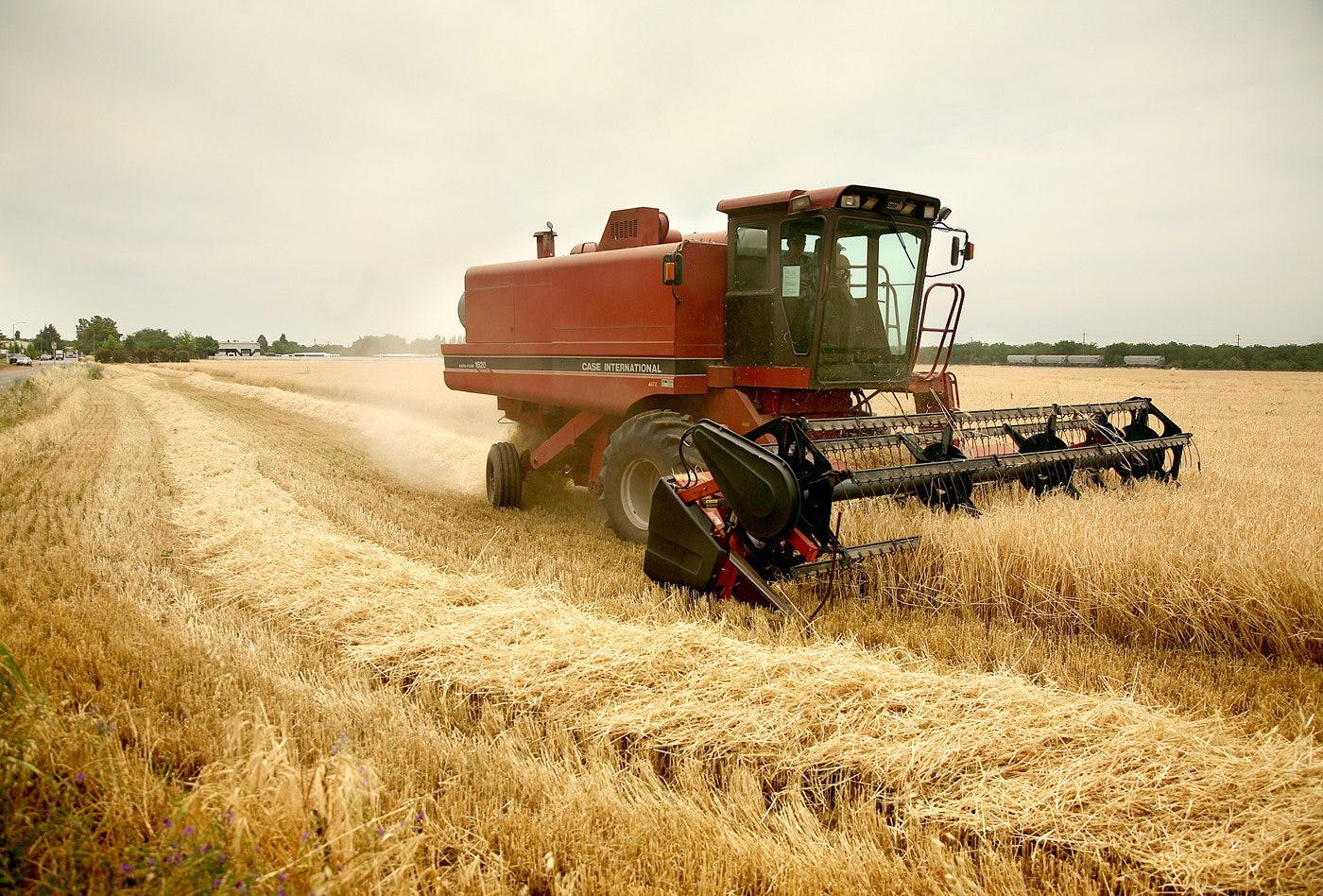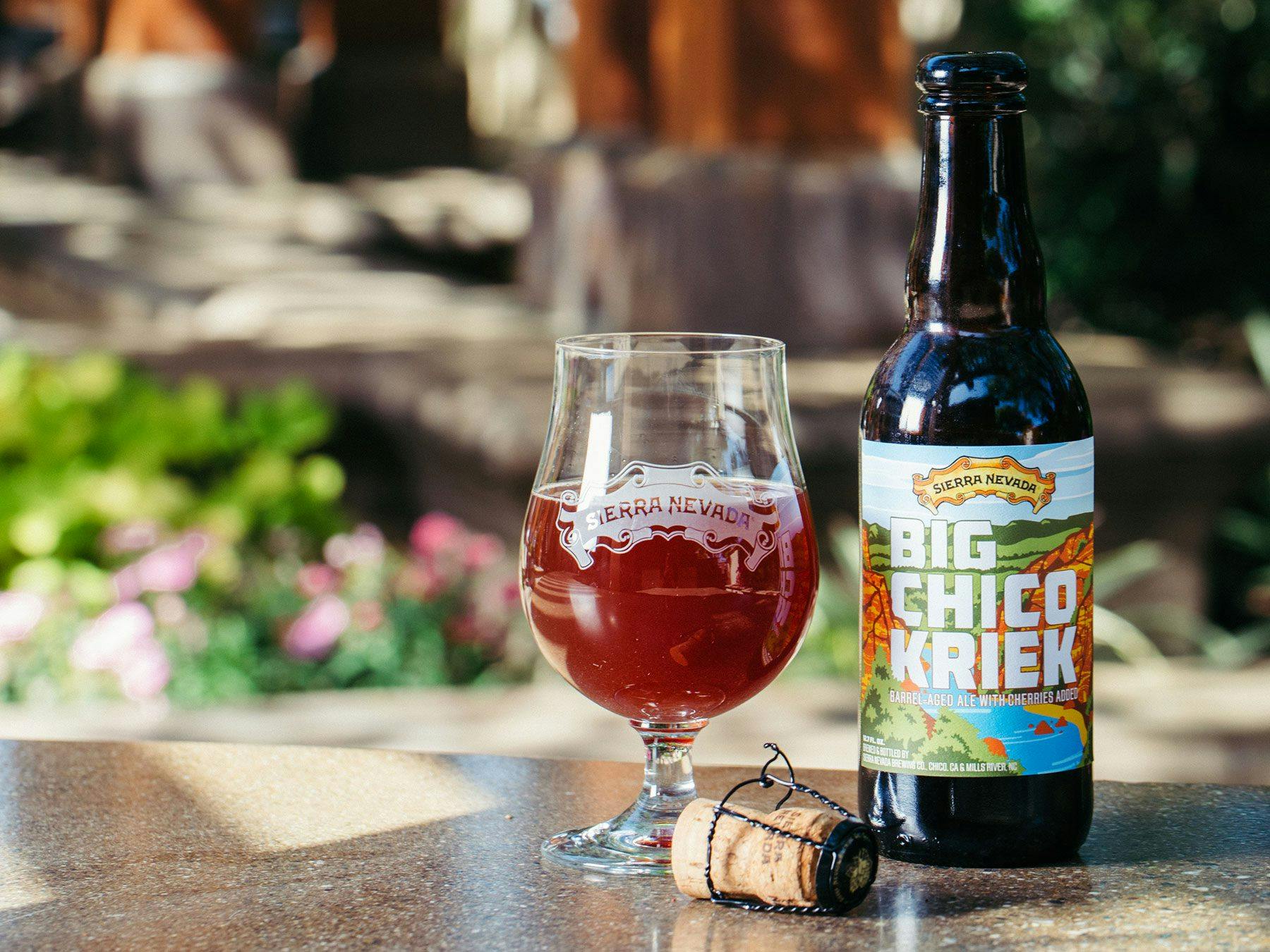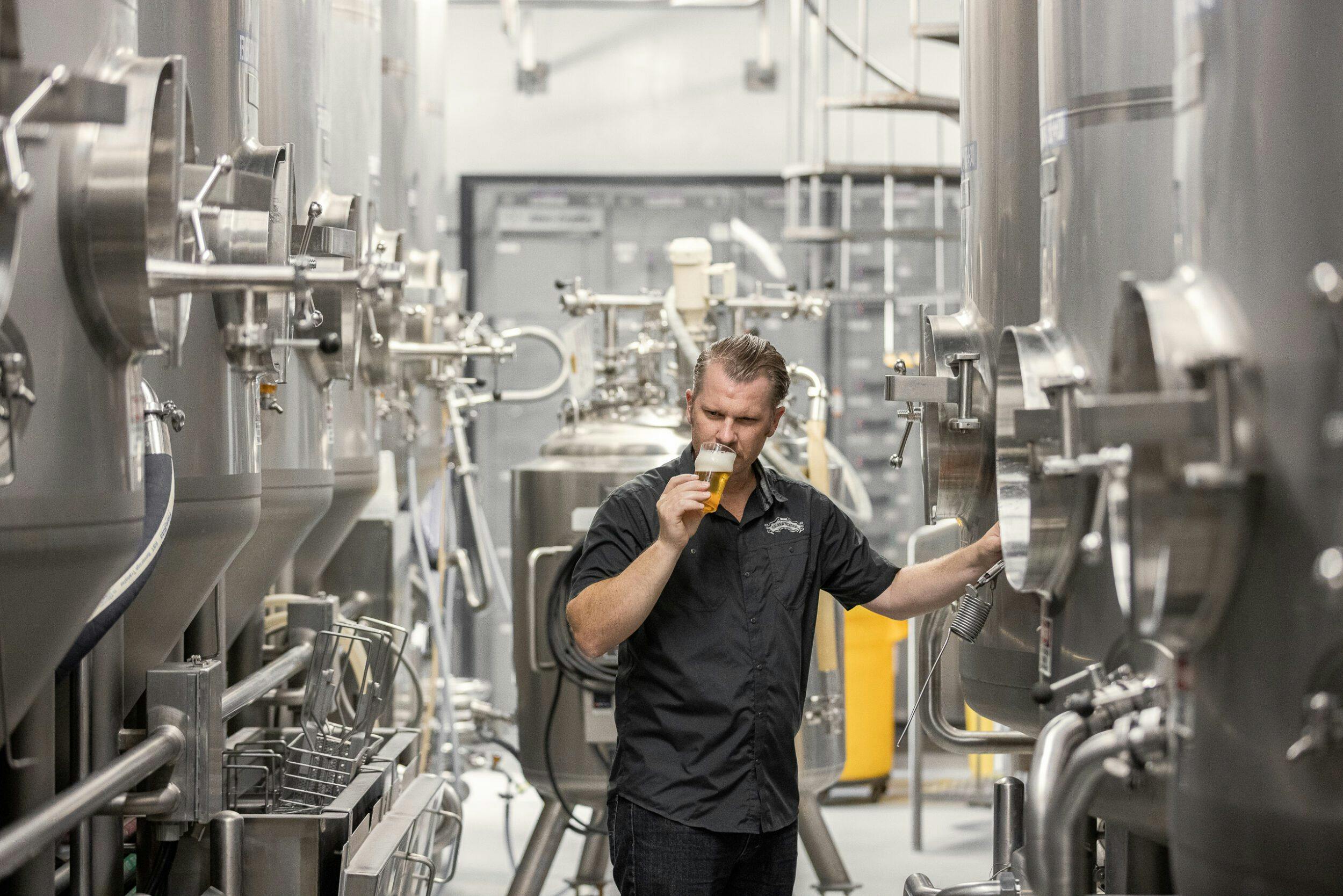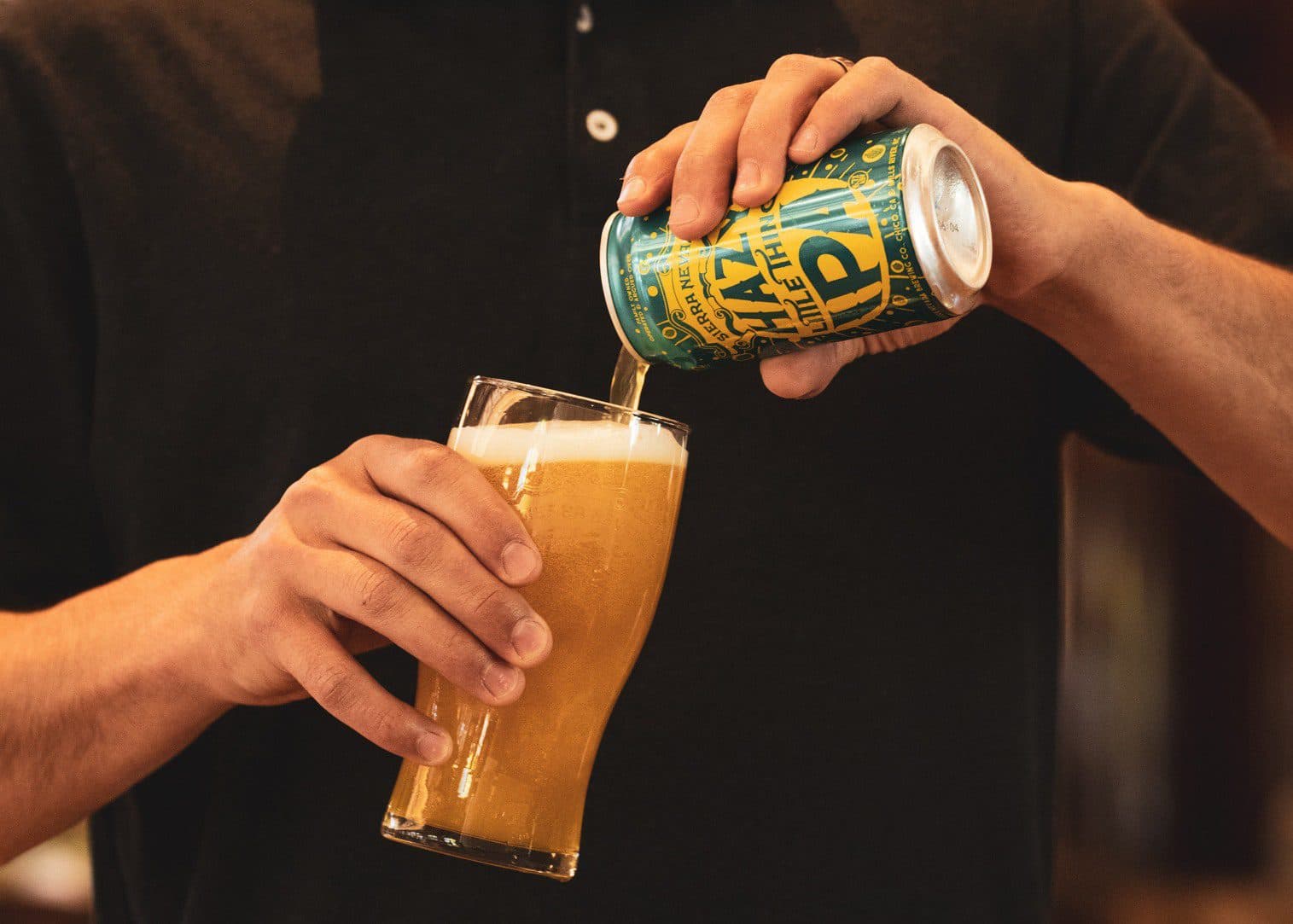
Where better to start than barley, the time-honored basis for beer worldwide. A primary reason for its preference for making beer is that, unlike other grains, it retains an outer layer (called the husk) which forms a very convenient filter bed in the lauter tun. Barley kernels are, of course, packed with starch, from which after malting and brewing we have the sugars that the yeast will ferment into alcohol.
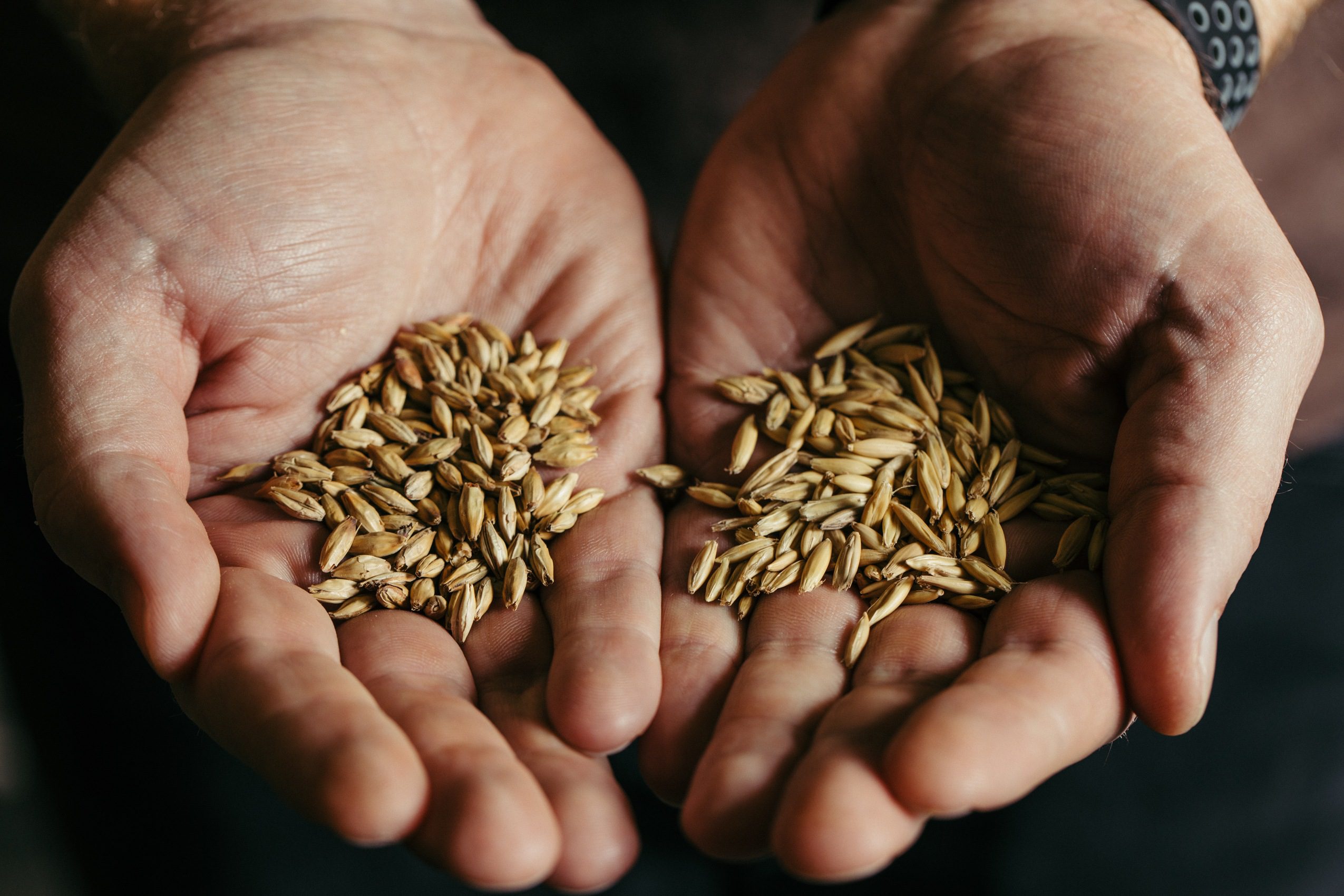
β-glucan
That starch is packed inside protein, all of which is wrapped up inside a wall made primarily of β-glucan. This stuff is a problem for brewers, because it makes everything gummy and slows things down the brewery. Hence the malting process, during which most of the β-glucan is removed. This stuff is also in oats — and is the reason why oat-rich breakfasts (think porridge) are promoted as being good for your health since β-glucan constitutes fiber.
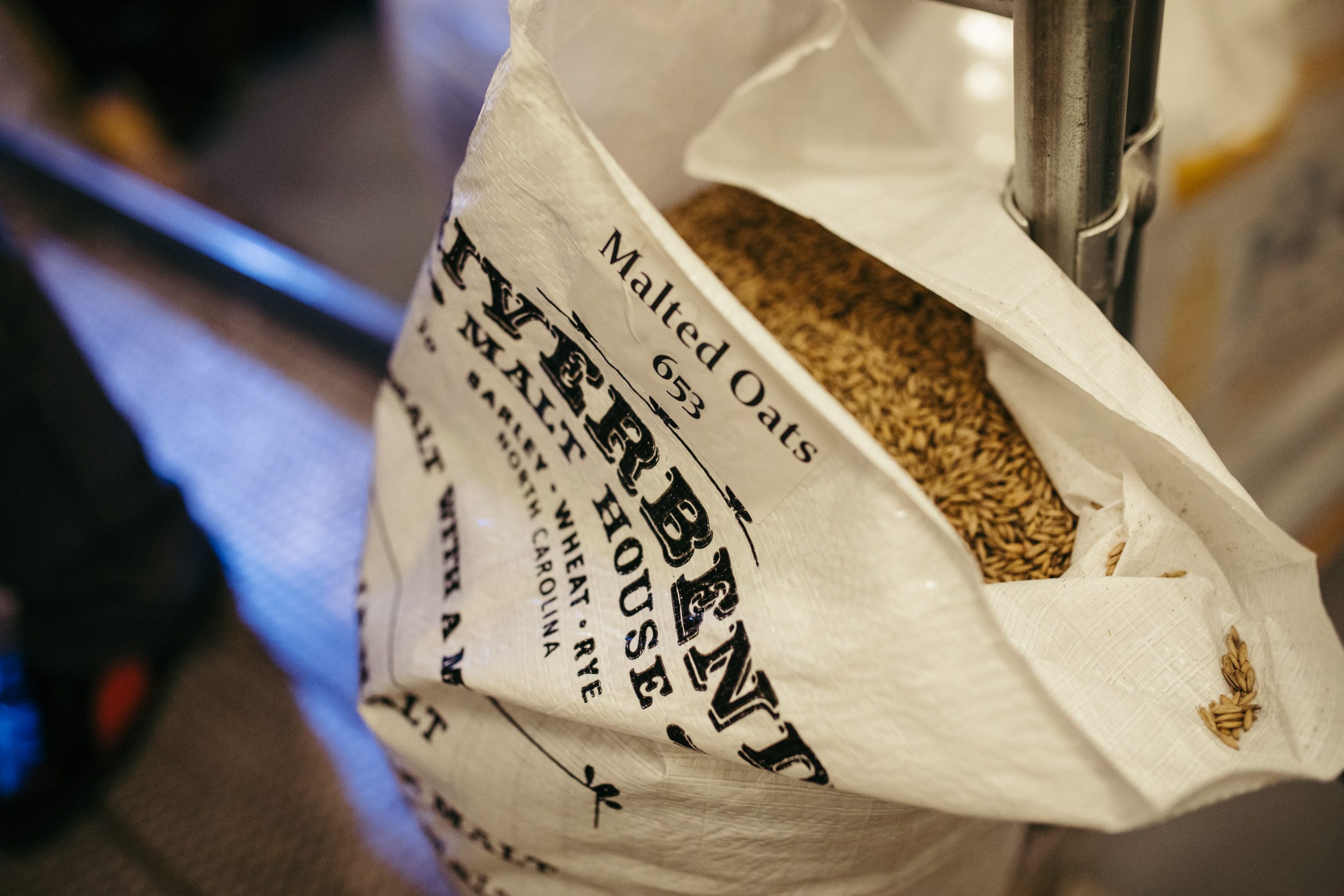
One beer style that tends to be high in β-glucan is Irish stout, with of course Guinness being the most famous. The brew contains plenty of roasted barley and flaked barley, both of which contain a lot of this gum. I love my Guinness when I go to Dublin. I prefer it “straight” and not mixed into a Black and Tan, which is half Guinness, half Bass ale.
Barley Wines
Barley wines are high-ABV brews, typically around 10%, in which yeast ferments high strength wort that is made by prolonged boiling in the kettle to evaporate off water and concentrate the sugars. At the same time there is the development of extra color and complex flavors. Of course, here at Sierra Nevada we have the beloved Bigfoot Barleywine.
To measure strength of wort, winemakers use Brix, which is essentially percentage sugar (1 gram of sucrose in 100 grams of solution). Craft brewers employ the term Plato, or Balling.
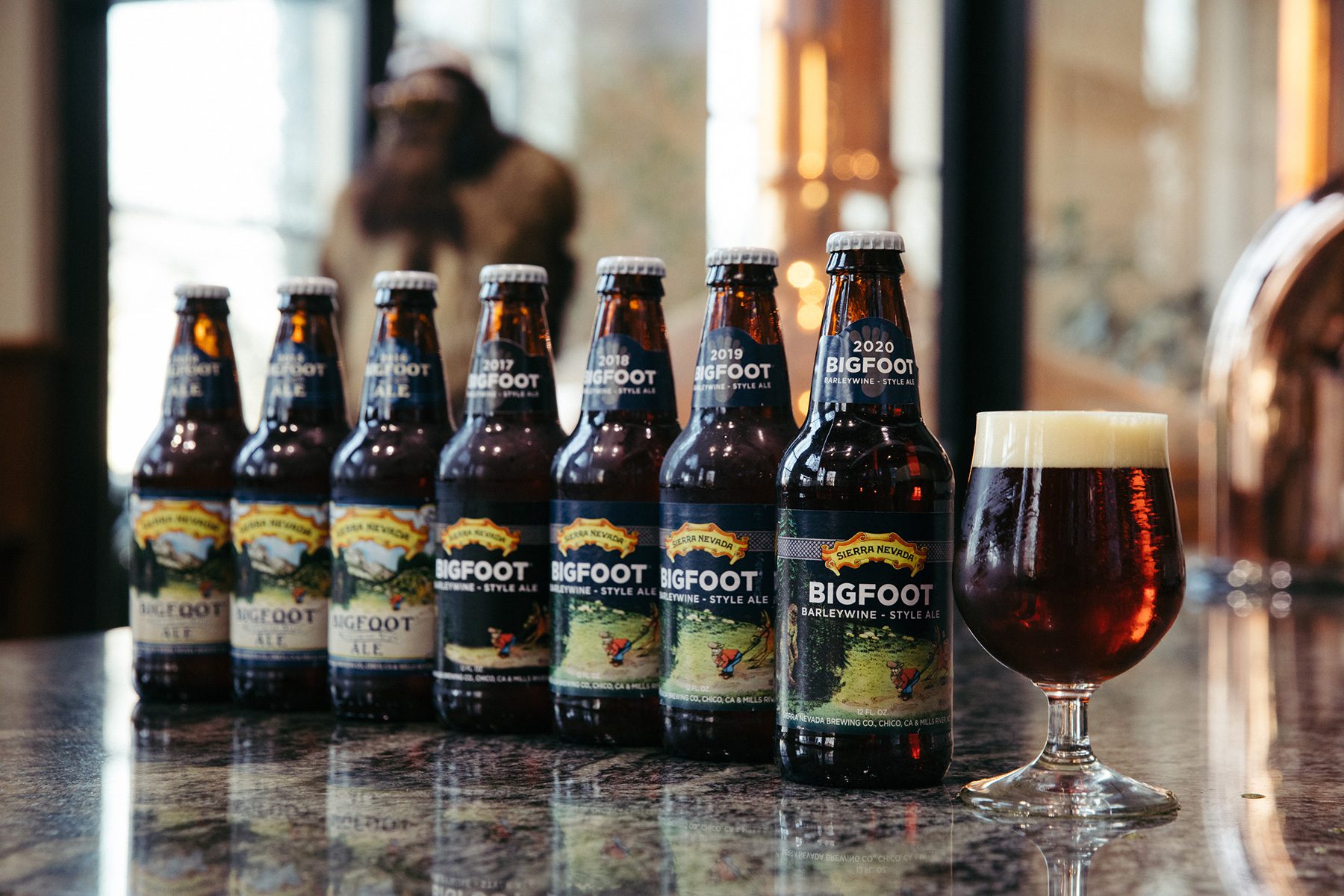
Berliner Weisse
Whilst barley wines tend to be quite “hefty” in strength, one style of beer at the other end of the spectrum is Berliner Weisse. This is a beer typically of 2.5–2.7% ABV, derived from a mix of malted barley and malted wheat and employing acid-forming bacteria in its production. The sourness is tempered by mixing it with either raspberry or woodruff syrups. Napoleon used to call it Champagne of the North.
Beer Analyzer
Whatever the strength of a beer, its ABV can be readily measured using a Beer Analyzer, a laboratory instrument that will quantify this parameter as well as pH, specific gravity and color.
One value that it does not provide is Bitterness Units (BU or IBU). This is a measure of how much of the bitter acids are present in beer and derived from hops. To measure these, the beer is extracted with an organic solvent and the ultraviolet absorbance of the solution measured. The more UV light is absorbed, the more bitterness is present. Pretty much the highest value you can get is 100, no matter what some people claim. The bitter substances simply aren’t soluble enough to allow higher values.
Next time: Back with more B’s
– Charlie Bamforth
